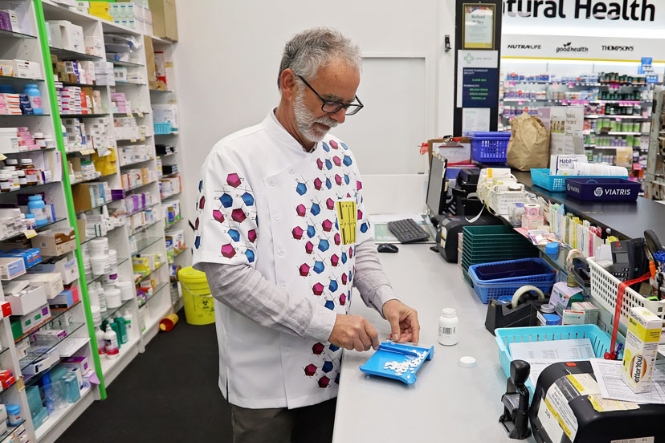Olsalazine is used to treat ulcerative colitis. It works by reducing inflammation in the gut and may lessen symptoms of pain and diarrhoea (runny poo). It allows the damaged gut to heal and helps to prevent symptoms from flaring up again. Read more about ulcerative colitis.
Supply issue for olsalazine 250 mg capsule and 500mg tablet (Dipentum) |
| From February 2021 the Dipentum brand of olsalazine 250 mg capsules and 500 mg tablets will be out of stock long-term. An alternative olsalazine 500 mg tablet (Atnahs) is available. Learn more about the olsalazine supply issue.(external link) |






